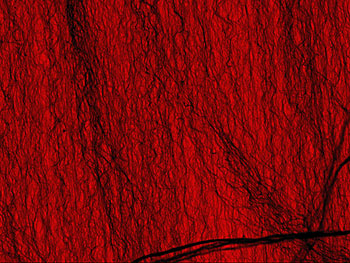They now plan to use the detector to make precision power measurements on lasers that are used in optical communications, laser-based manufacturing, solar energy conversion and industrial and satellite-borne sensors.
When heated, the carbon-nanotube coating on the detector absorbs laser light and the lithium tantalate pyroelectric material rises in temperature, generating a current that can then be measured to determine the power of the laser.
The new NIST detector uniformly reflects less than 0.1 per cent of light at wavelengths from deep violet at 400 nanometres to near infrared at four micrometres and less than one per cent of light in the infrared spectrum from 4-14μm.
The NIST work is claimed to be unique in that the nanotubes were grown on the pyroelectric material, whereas other groups investigating such devices have previously grown them on silicon. NIST researchers plan to extend the calibrated operating range of their device to 50 or even 100 micrometre wavelengths, perhaps providing a standard for terahertz radiation power.
The new coating is a vertical forest of multi-walled nanotubes, each less than 10 nanometres in diameter and about 160 micrometres long. The deep hollows may help trap light, and the random pattern diffuses any reflected light in various directions.
Measuring how much light was reflected across a broad spectrum was technically demanding - the NIST team spent hundreds of hours using five different methods to measure the vanishingly low reflectance with adequate precision.






Glasgow trial explores AR cues for autonomous road safety
They've ploughed into a few vulnerable road users in the past. Making that less likely will make it spectacularly easy to stop the traffic for...